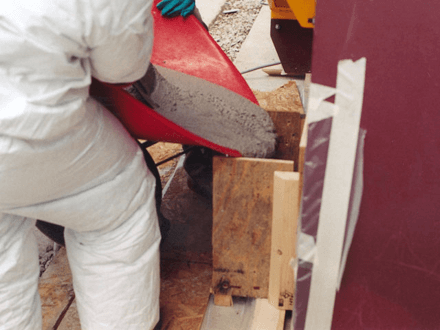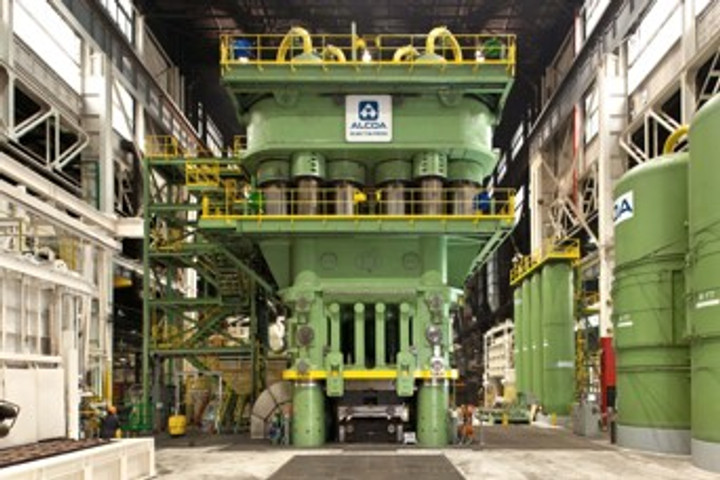Industrial Grouts: Cementitous vs. Epoxy
Posted by Matt Milos on Jan 14th 2019

How do you know when to use a cementitious or an epoxy grout?
The difference between cementitious and epoxy grouts is more than just personal preference or a price tag. While most articles on grout cover home or light commercial contexts, we will focus on industrial applications. In an industrial setting these products serve to fill a void between a concrete foundation and some other material, most often the base plate of some kind of heavy equipment or a support beam. Though of course there are finer details and exceptions to each of the points we will discuss below, the following will give you a broad understanding of the features of both types of grout.
At a baseline level what makes a grout cementitious or epoxy?
Cementitious are single-component, meaning you just add water. As the name implies they contain cement, which acts as the binder.
Epoxy contain three parts: resin, hardener, and sand or some other aggregate. They use epoxy instead of cement as a binder.
How should you mix them?
All grouts have recommended mix times and methods, but there are some important, universal differences when it comes to adjusting flow:
For cementitious the amount of water added to the mix determines flow. Always check for the grout's maximum water content and never exceed it, as doing so will compromise its performance.
An epoxy's flow is determined by the amount of aggregate in the mix. Take care to avoid air bubbles when mixing an epoxy as they will effect the strength of the product. Do NOT add water to an epoxy, as doing so will make it unusable.

Always check how much water you can add to a mix (if any).
What are some of the temperature and moisture restrictions of each?
Cementitious can handle high working temperatures up to 400ºF but many are limited during application to a 50ºF-90ºF range. There are some exceptions, however. BASF Masterflow 4316 is a mineral-based grout perfect for cold-weather work, as it can be placed down to 35ºF. Cementitious grouts will only bond properly if the substrate is SSD (Saturated, Surface Dry). When curing be sure to cover the exposed shoulders with wet rags, burlap or some kind of curing agent.
Alternatively, epoxies can "air cure," meaning they don't need any of the above coverings to cure properly nor require an SSD substrate. Rather, you should apply epoxy grout on a dry surface. These grouts also have smaller temperature ranges in both application (60ºF-90ºF) and in-service (up to 140ºF). This makes them less suitable for settings featuring extreme heat like foundries where the grout may lose its consistency and allow a base plate to shift.

Some grouts flow better than others.
What are some specific strengths of each?
You can extend the range of cementitious grouts for deeper applications by adding aggregate. They also have a higher range of flow than epoxy grouts, meaning they can flow farther and into tighter places.
Epoxy grouts are not brittle the way cementitious grouts often are. This makes them ideal for working with rotating or compressing equipment that rock on their foundations. Epoxy grouts are stronger than cementitious grouts and are highly resistant to chemicals, making them ideal for applications like petrochemical.
Like so many choices in construction, choosing the right high-precision grout all depends on asking the right questions about your project's specific needs.
On heavy industrial applications like bridges or petrochemical plants, the right choice can make the difference between smooth success or devastating, expensive backtracking. Give us a call or contact us to have one of our experienced reps help you track down the right product for your project.

